| Juban or Nagajuban The juban is the under kimono. Often this is also made of silk and may have pretty patterns. This goes on top of the hadajuban. Once you put the kimono on, you will only see the collar. A nagajuban is a one piece full length juban (first picture). But juban also come in two piece sets with a top half, and a wrap skirt bottom half called a susoyoke (second picture). |
| Next let's look at some dressing accessories. Han eri Means half collar. This is a piece of fabric you wrap around the juban collar to protect it from getting dirty. Often the juban collar is made of silk and it rests against your neck. Therefore, it will get dirty over time. Most people will sew a han eri onto their juban collar to protect it from getting dirty. Once the han eri gets dirty, it can be removed and washed. Or a new one can be sewn on. For formal occasions the eri should be white. But they also make various different patterns and designs for han eri. Korin Belt The korin belt is a stretchy piece of elastic with clips on the end. This is a useful tool that can be attached to the kimono collar or juban collar to keep everything in place. Eri Shin The eri shin means collar stiffener. It is a thin piece often made of plastic that you insert into your juban collar to make it stiff and sturdy. Obi ita The obi ita is a stiffener for the obi. This is worn between the kimono and the obi. Sometimes they come with an elastic band to attach it with. Other times they have no band and are meant to be inserted into the obi after it has been wrapped around a few times. Obi makura Obi makura means obi pillow. This is used in many different obi knots to hold things in place and give volume to the finished look. The obi age is wrapped around this to hide it from view. Koshi himo Koshi himo means temporary cord. This is just a strip of fabric that is used in various ways to help hold everything in place. Often you will use one or two with yukata, but up to four or five with a full formal kimono. These will never be seen once you are finished dressing. Date jime The date jime is a wide flat tie to help keep things in place. They are similar to the koshi himo in that they will never be seen once you are finished dressing. Some come with velcro, while more traditional date jime are just strips of fabric that you must tie. Kanzashi Kanzashi are traditional Japanese hair ornaments. They come in many different styles and types, matching the various seasons. |
| Kitsuke Kitsuke literally means way of wearing. Essentially it just means the process of putting on kimono. Here are some example sentences: "I'm learning kitsuke. But for now, I'm just a beginner." "Your kitsuke is amazing! How did you make it look so neat?" Musubi Musubi means knot. This is the term used to describe the various kinds of obi knots. Some common musubi are taiko, bunko, chou chou, fukura suzume (a variation is show here), karuta, and many more. Ohashori The ohashori is the folded over piece of fabric right below the obi. Women's kimono are designed to be very long. This way, they can be pulled up and adjusted to fit people of various heights or to allow children to keep wearing a kimono even as they grow taller. This was not always a necessary part of wearing a kimono, but has become a standard part of modern kimono since the late 1900's. Men do not have a ohashori except for very young boys. |
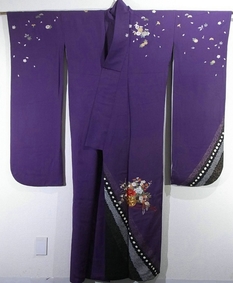
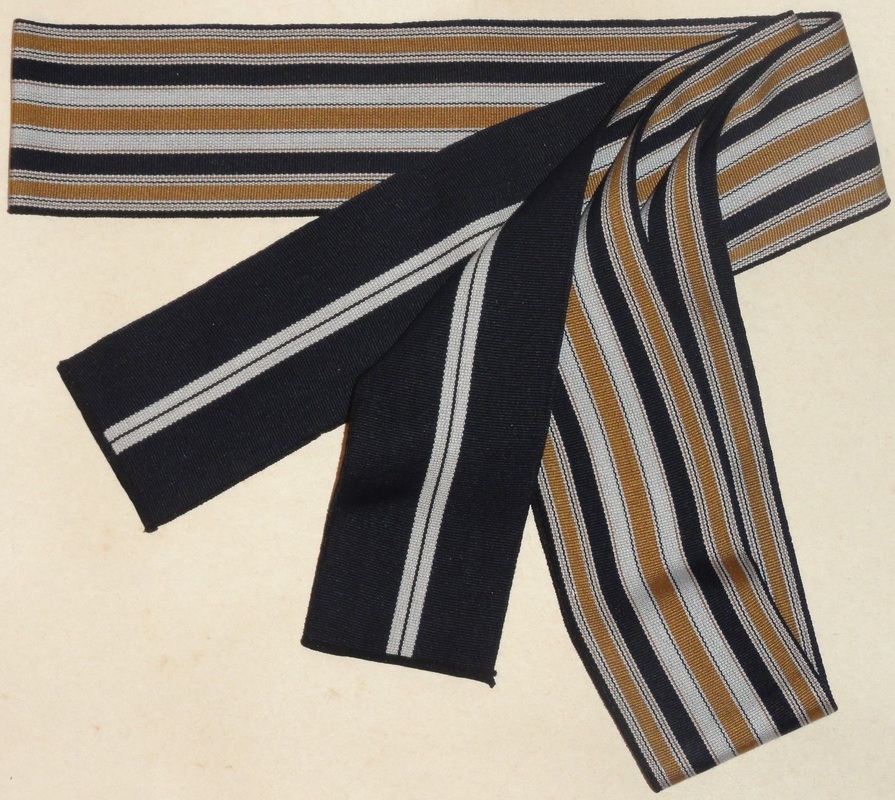
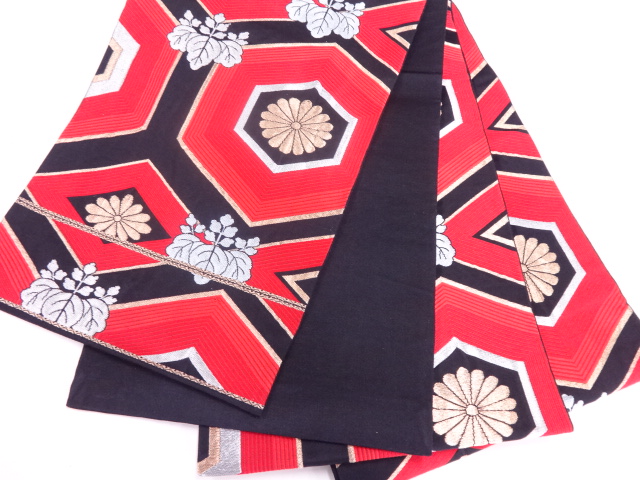
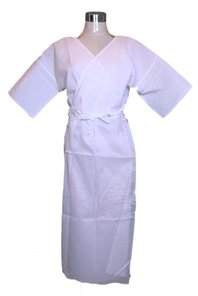
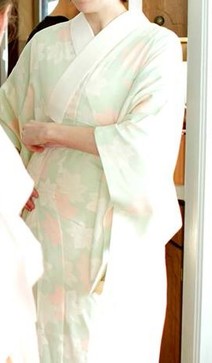
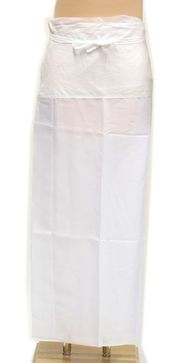
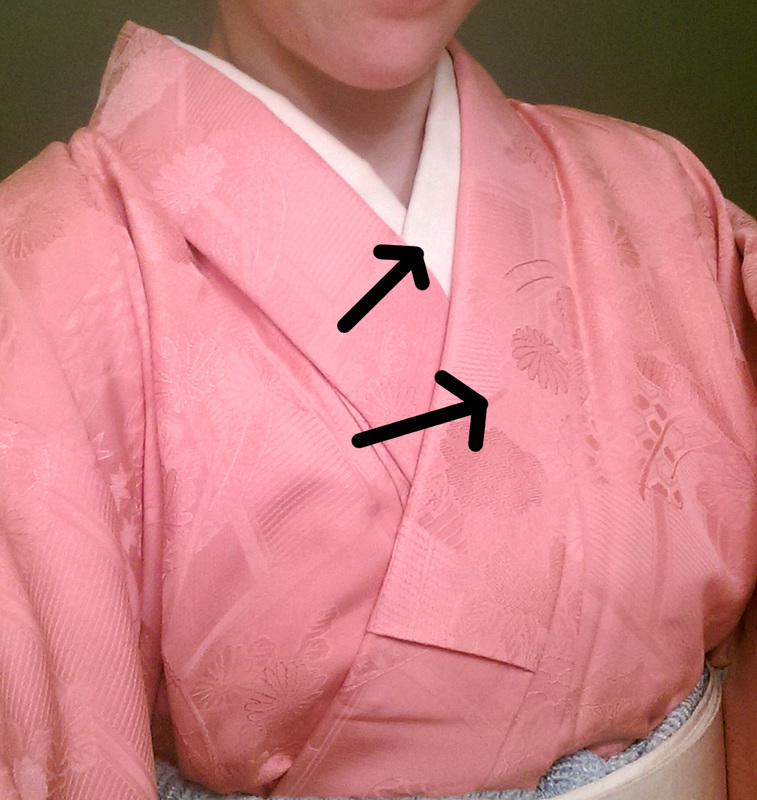
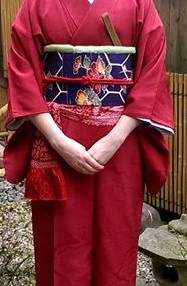
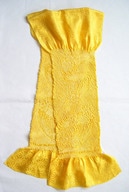
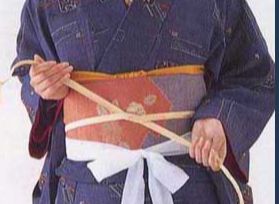
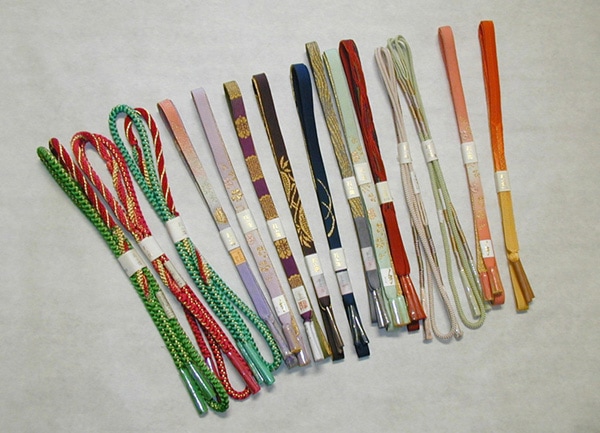
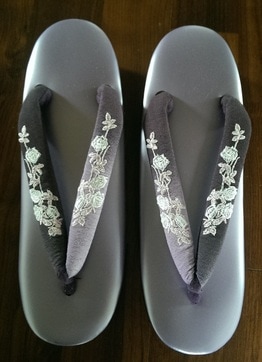

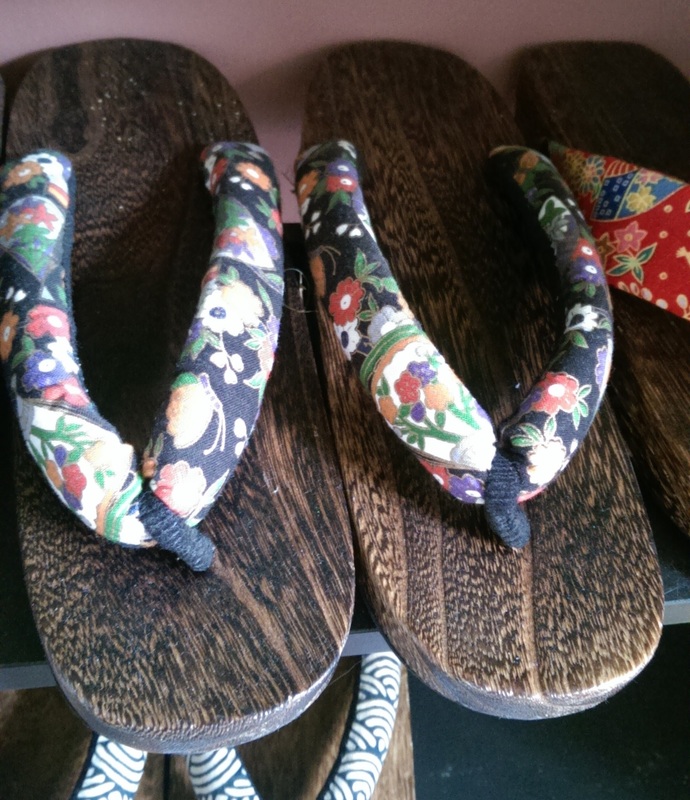
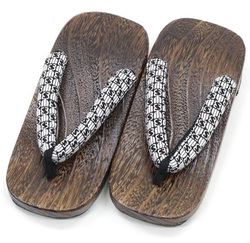
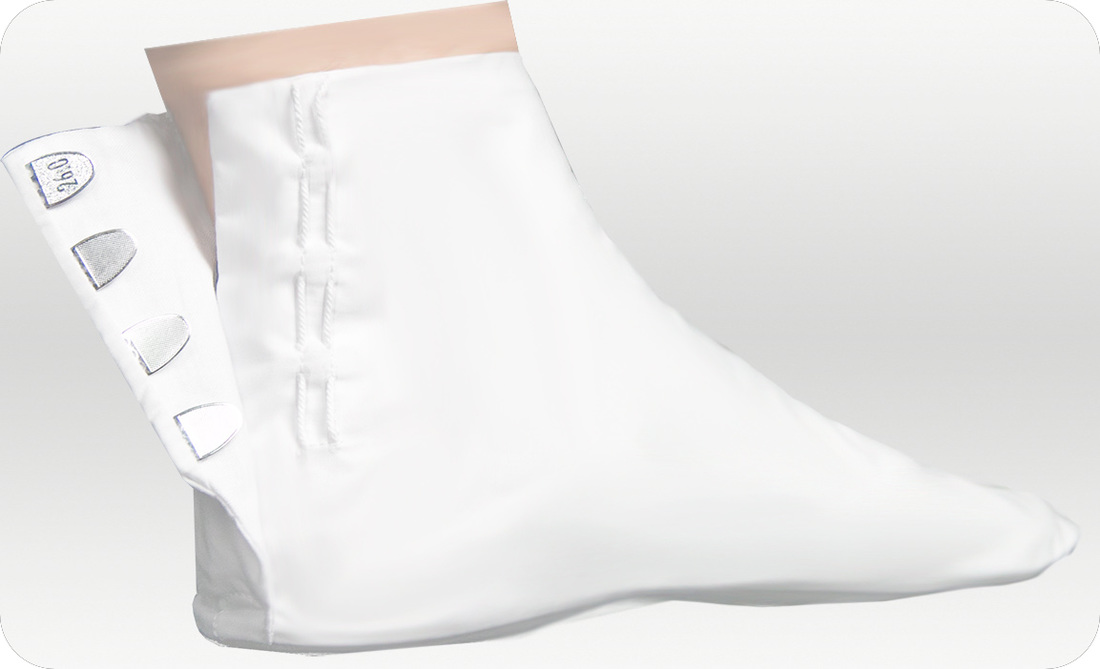
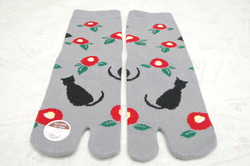
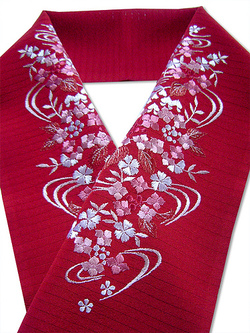
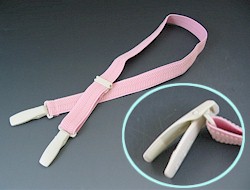
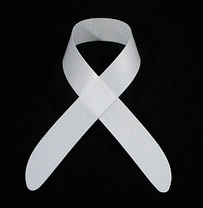
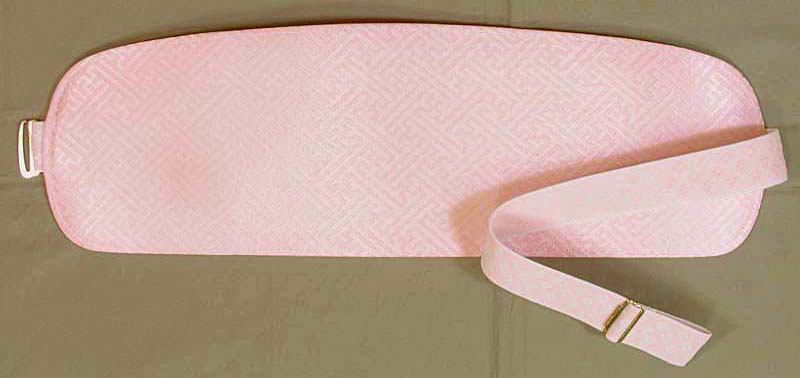
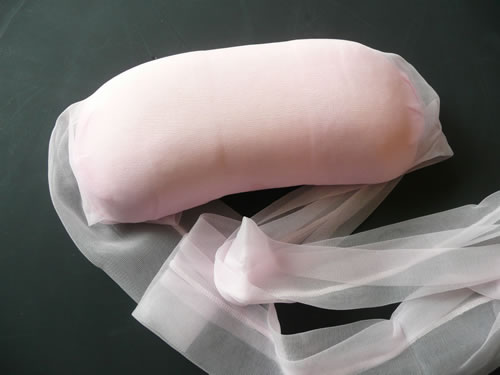
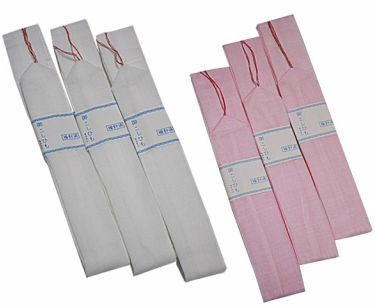
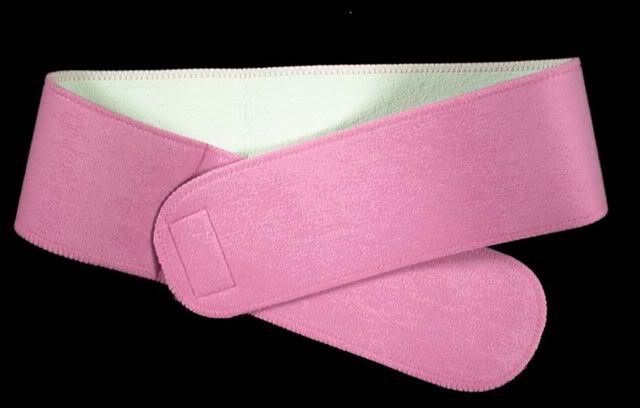
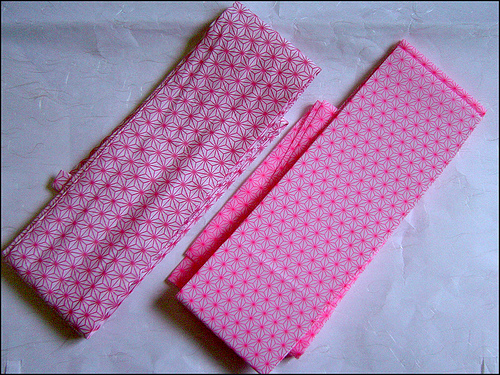
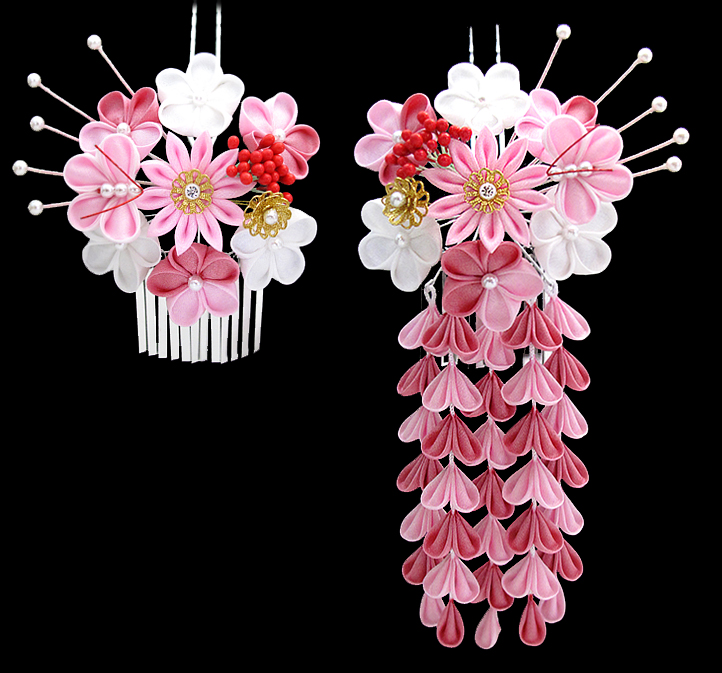
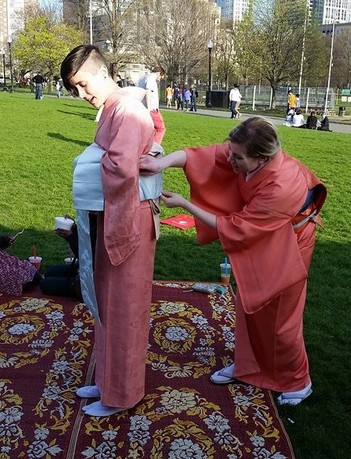
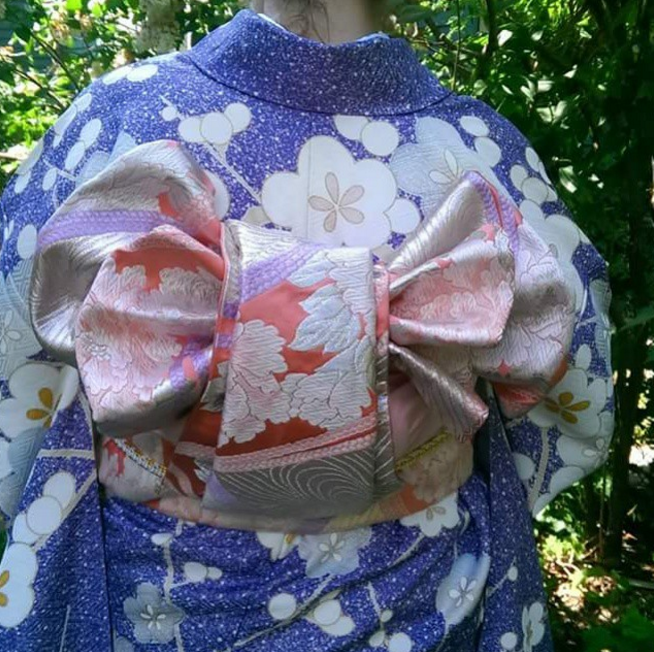
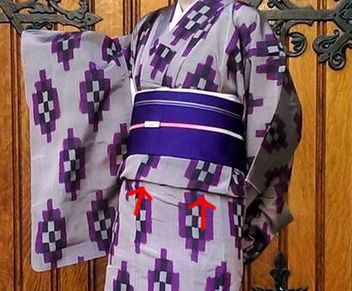
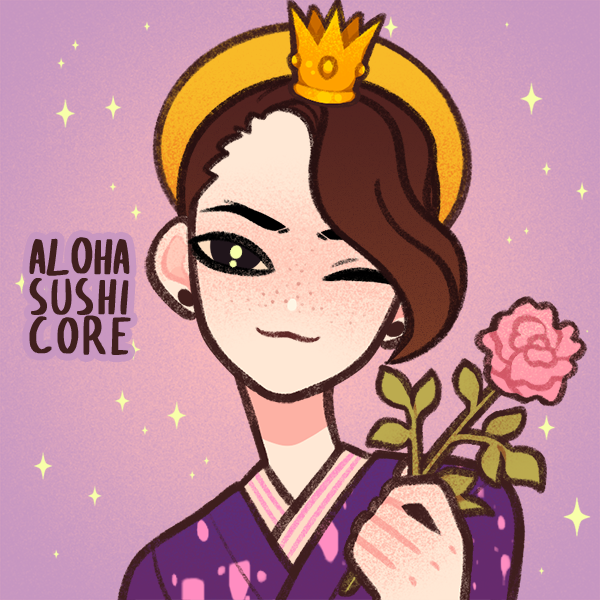
 RSS Feed
RSS Feed
